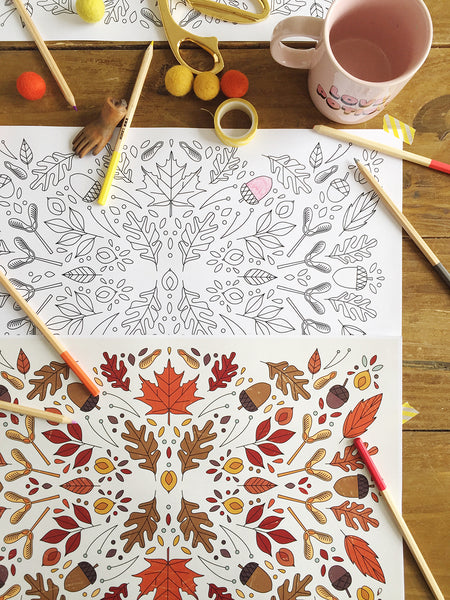The Ultimate Guide To Unique Art
The Ultimate Guide To Unique Art
Blog Article
How Unique Art can Save You Time, Stress, and Money.
Table of ContentsThe Best Guide To Unique ArtNot known Details About Unique Art Some Known Factual Statements About Unique Art More About Unique Art
While one might discuss which art kind holds precedence, the truth remains that each of these 7 types supplies a distinct home window right into human history, culture, and advancement. They are the tapestries that chronicle our journey, reminding us of our past while motivating visions for the future.Terrific art work informs a story, makes people look twice, and develops a distinct experience that can not be matched. Art and images interact all of that via color, shape and various other layout components. Learn exactly how to make your unique artwork stick out from the crowd.

8 TRIA GIOVANEqual parts grand and laidback, this foyer made by Anthony Baratta is the ideal blueprint to adhere to if you're embellishing a formal entryway that still feels unfussy and comfortable. Patterned textiles take spotlight (see the carpets and the sofa), but they also assist bring the high ceilings down to a human scale when hung over wallpaper.
Unknown Facts About Unique Art
18 Heidi Caillier DesignA gallery wall doesn't need to take up the entire area. Sometimes a small one can make a bigger style declaration. In this living room, Hiedi Caillier decided for micro-mini structures and a random structure.
, the expression of ideas and feelings, with the production of certain aesthetic top qualities, in a two-dimensional aesthetic language. The aspects of this languageits forms, lines, colours, tones, and texturesare utilized in various means to produce experiences of quantity, room, movement, and light on a level surface. These components are combined into meaningful patterns in order to stand for actual or supernatural sensations, to analyze a narrative motif, or to create entirely abstract visual relationships.
Later the concept of the "great artist" established in Asia and Renaissance Europe. Prominent painters were paid for the social standing of scholars and courtiers; they signed their work, chose its layout and usually its subject and imagery, and developed a much more personalif not constantly amicablerelationship with their clients. Throughout the 19th century painters in Western societies began to lose their social setting and safe patronage.
What Does Unique Art Do?
Others made an income through exploring exhibitions of their work. The requirement to appeal to a marketplace had actually changed the similar (if much less impersonal) demands of patronage, and its effect on the art itself was possibly similar. Generally, artists in the 20th century can reach an audience just with industrial galleries and public galleries, although their job might have been periodically duplicated in art regulars.

Don't replicate the style of various other artists if you're looking for your style. Duplicating other individuals's artwork can be great in educational objectives but it will certainly not make you closer to finding your own special design. Your artistic style needs to be, what you like and what influences you.
I would certainly assume of your own design as a style you paint in naturally, when you release all thoughts and regulations and just concentrate on painting, not believing regarding it. Unique Art. The style has to come normally to you when you are relaxed and you can't compel it or it won't be your own style, just somebody else's
Some Known Facts About Unique Art.

With time you'll have the ability to arrange every one of them into your favorite and least favorite groups. Attempt to focus your focus on the subjects and mediums that you like and prior to you see it coming you'll have your own personal and distinct style, like no person else have! In the end you'll have a few favored topics to repaint and possibly a couple of favored mediums.
The design needs to develop itself in time with a great deal of practice and experiments - Unique Art. Thank you for reviewing this blog post and if you have any inquiries leave them in the remarks listed below, I would certainly be happy to answer these
Report this page